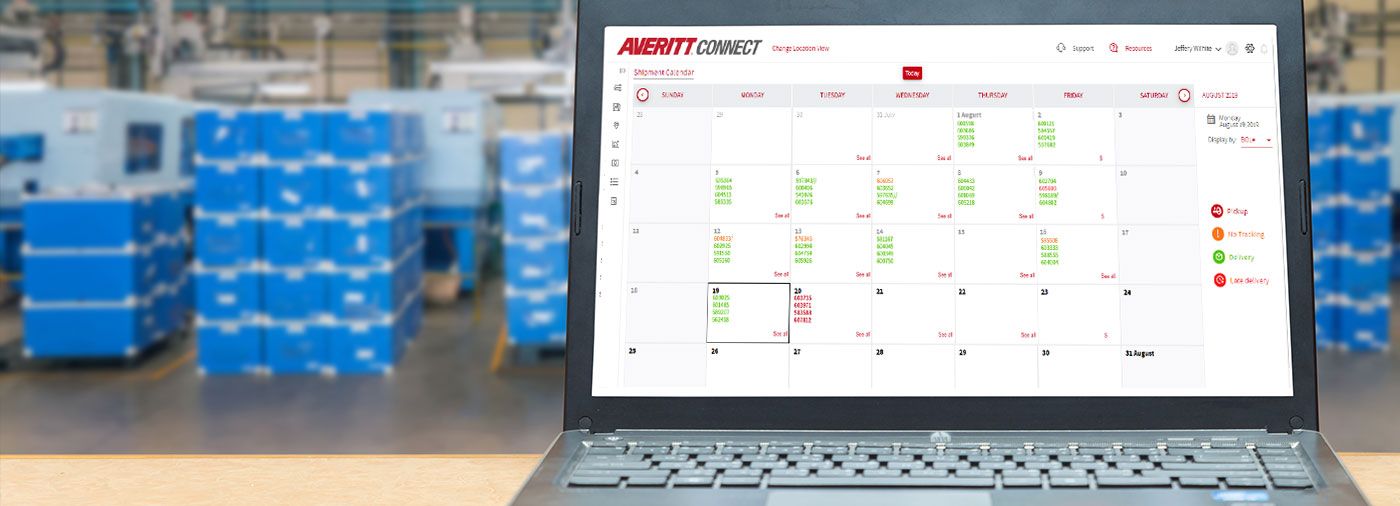It’s an unfortunate reality of the business – cargo has always been vulnerable to theft.
The National Insurance Crime Bureau (NICB) estimates that on average, cargo theft accounts for between $15 billion and $35 billion in losses every year, much of which goes unreported. And ongoing supply chain issues – from bottled-up ports to a lack of drivers – are only exacerbating the problem.
When a supply chain backs up, cargo sits idle. When freight is left at an unsecured port, a yard, or even a truck stop, it creates an ideal opportunity for thieves. It also creates protection nightmares for shippers – with all that stationary cargo sitting in multiple places through a supply chain, it becomes harder to accurately predict where an attack is likely to occur.
In the first quarter of 2021, reported thefts in the United States increased by a remarkable 42%. Through September, roughly $45 million was reported lost. That marks a demonstrable rise since the start of the pandemic. According to data from CargoNet, the theft prevention and recovery network, only $49 million in cargo was stolen throughout all of 2019. In 2020, $68 million was reported lost.
A shift in focus
Although the first quarter of 2022 saw an astronomical 73% increase in reported losses over 2021 (with a total of $19 million), the actual number of reported thefts remained exactly the same; 319.
That’s because thieves are now targeting more expensive items. Unlike 2020, when hard-to-find products like toilet paper and personal protective equipment were the most targeted goods, consumer electronics became the most sought-after items in the third quarter of 2021. That costly trend has continued into 2022; while the average value of a theft in the first quarter of 2020 was $106,000, an average theft for the same time period in 2022 has ballooned to $232,000.
The shift in targeted goods isn't the only change
Cargo theft generally falls into two categories: organized crime and pilferage. Whereas organized crime typically targets full truckloads, pilferage usually involves small-time criminals who simply take what they can carry and move on.
Scott Cornell, a crime and theft specialist at Travelers Insurance, recently told Transport Topics in an interview that he’s noticed an increasing sophistication on the part of organized crime in particular – including identity theft, fictitious pickups and “double brokering” scams.
“In the past they would either impersonate the trucking company and get the load from the freight broker and disappear with it, or they would impersonate the trucking company then turn around and act as a freight broker and broker it out to somebody else,” Cornell said. “What we’re seeing now is they’re impersonating the freight brokers at times, and they’re stealing directly from the shippers.”
But despite this broadening of organized crime tactics, recent reports indicate that it’s pilferage – not attacks on rail yards or ports – that represents most cargo theft.
There are several reasons for this. Cargo thieves have learned that breaking into a parked trailer or container is less risky than stealing the entire thing. This type of theft is generally much more difficult to track, since the missing cargo often isn’t noticed until a driver has reached their destination. Since they don’t know precisely where the theft occurred, drivers are often unsure how to report it.
A graphic example of pilfering took place in Los Angeles earlier this year when thieves broke into containers hauled by Union Pacific, loaded up vans and trucks with stolen merchandise, and left nothing but shredded boxes and packaging in their wake along the tracks of downtown LA. (Union Pacific estimated the increase in criminal rail theft in Los Angeles County for October of 2021 to be 356% over 2020.)
Mitigating your risk
Due to ongoing supply chain disruptions, cargo theft risks are predicted to increase in 2022. That’s why it’s vital that companies implement a comprehensive strategy to ensure that their supply chain is protected.
The NICB, which is the nation’s premier not-for-profit organization dedicated exclusively to fighting insurance fraud and crime, offers a list of recommendations to help transportation companies limit the impact cargo theft has on their bottom line:
-
Screen employees. Oftentimes, cargo thieves receive help from someone within the targeted company itself – including such information as the content of shipments, their destination, route, etc. Companies should conduct a background check on all employees, including drivers, warehouse workers, and those with access to the shipping information.
-
Train employees. Theft prevention begins with proper training. Companies should provide security training for employees throughout the organization, making certain to educate truck drivers in hijack awareness and prevention.
-
Choose your transportation partners wisely. Investigate your potential transportation partners before hiring them. In addition to assessing their record and reputation, make sure they share your emphasis and philosophy on freight security.









